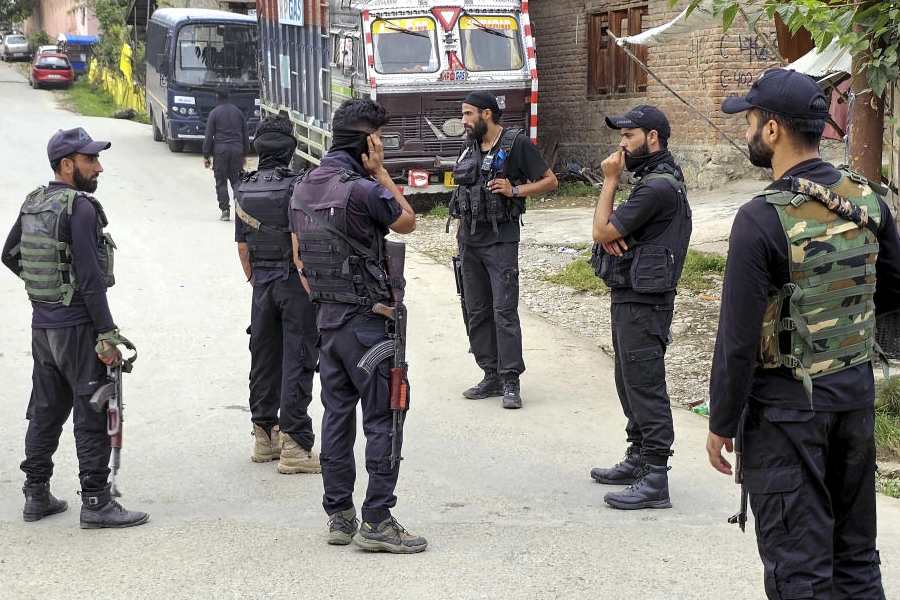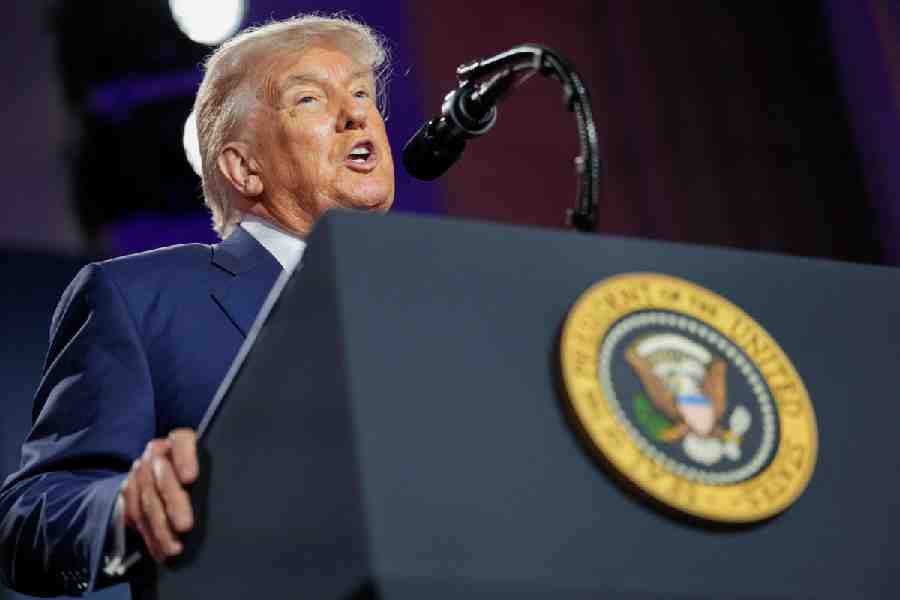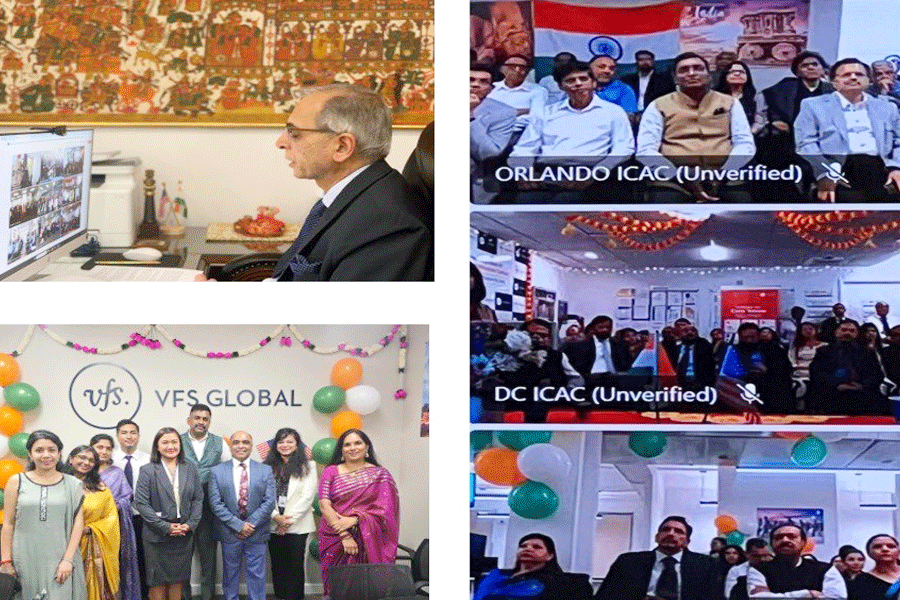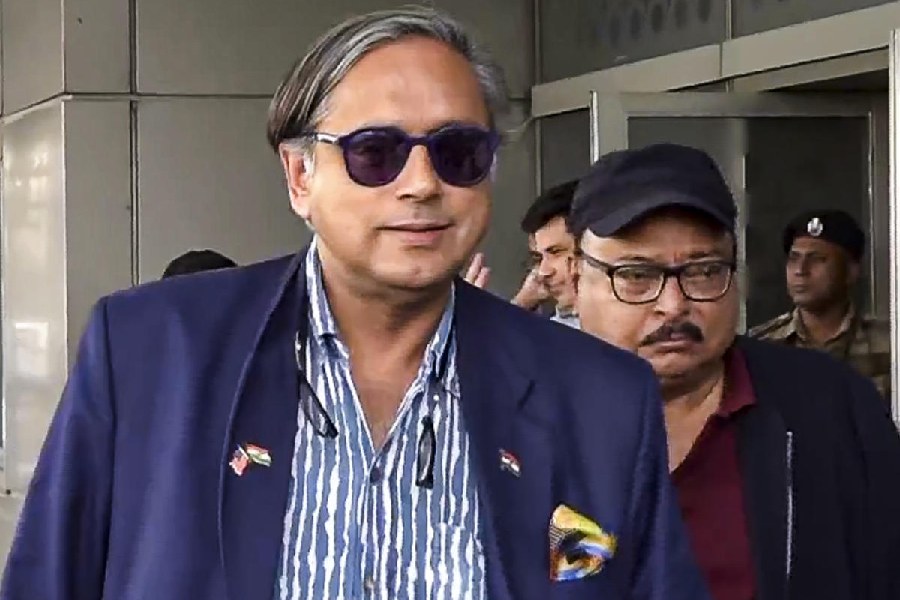 |
From 2013, the state joint entrance examination will have objective questions with multiple correct answers to minimise the possibility of examinees scoring by guesswork.
Five of the 20 objective questions of two marks each in math, physics and chemistry will have two or three correct answers. Examinees will be expected to mark all the correct choices for the two marks, said a source in the state joint entrance examination board.
“We had to evolve such a system, on the line of the IITs, because many students were getting through the joint entrance examination simply by randomly marking the correct answers,” said Bhaskar Gupta, the chairman of the examination board. “Multiple correct answers will test a student’s command of the subject and curb the trend of guessing an answer,” he added.
An official explained how the marking system would work in questions with multiple right answers. In a question with two correct answers, an examinee would be given one mark for getting each answer right. In case a question has three correct answers, examinees will be awarded 1.33 for two right answers and 0.66 for just getting one right.
No mark will be awarded, however, to someone who marks an incorrect option along with a correct one. There is also no negative marking in these questions, the official added.
As for other questions, 0.33 will be deducted for every incorrect answer to questions worth one mark and 0.66 for incorrect answers to questions worth two marks.
A board member gave an example of a question with multiple correct answers.
“Suppose in physics there is a question on the property of light. Option A: ‘Light travels in straight line’; Option B: ‘Light is an electromagnetic wave’; Option C: ‘Light is the fastest entity in the universe’; Option D: ‘Light may change its course in presence of intense sound’. The correct answers are options B, C and D and marks will be awarded according to the new model, which will be explained in the exam prospectus,” he said.
Gupta said the board will upload model questions for JEE 2013 in end-January to help examinees understand what the new question pattern would be like.
Though the 2013 state JEE has been modelled after the IIT entrance exam, the marking pattern in the state JEE would be “more flexible”, said a board member.
In the JEE questions, the section comprising two-mark questions will have a set of instructions mentioning that five questions have multiple correct options. This model, said an official, will also help the board introduce a “smarter” way of ranking candidates in case of tied scores.
“From this year, more positive marks and less negative marks for the same questions in math, physics and chemistry in the two-mark questions will be factored in to break ties. Candidates performing better in questions with multiple correct answers will hold the edge,” said a state JEE board member.
This method is part of a set of 11 rules that the board has devised to resolve ties. After applying these rules, if there are still ties, the older candidate will be given preference, said an official.
The examination is due on April 21, 2013.










